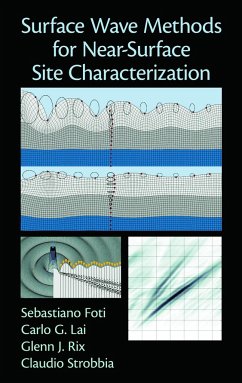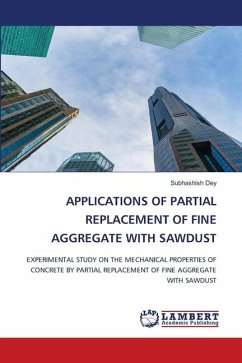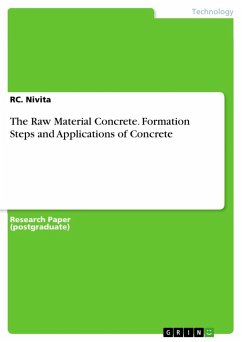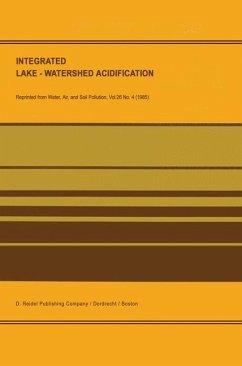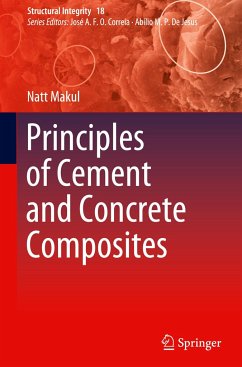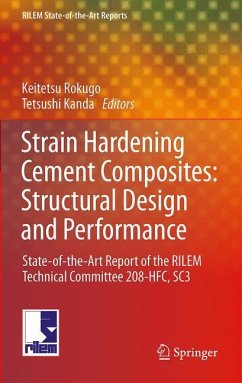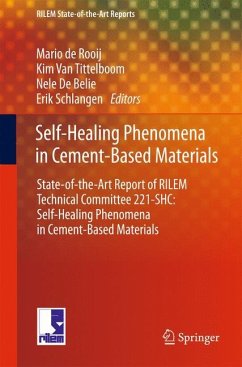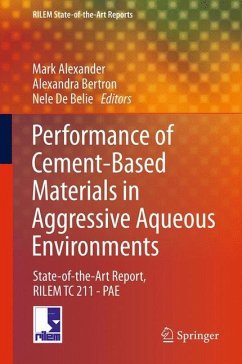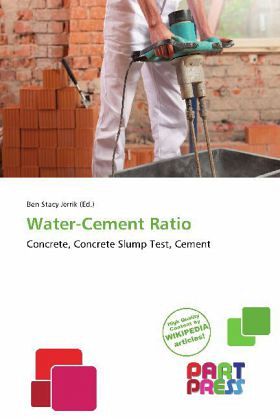
Water-Cement Ratio
Concrete, Concrete Slump Test, Cement
Herausgegeben: Stacy Jerrik, Ben
Versandkostenfrei!
Versandfertig in 6-10 Tagen
23,99 €
inkl. MwSt.

PAYBACK Punkte
12 °P sammeln!
Water-cement ratio is the weight ratio of water to the weight of cement used in a concrete mix and has an important influence on the quality of concrete produced. A lower water-cement ratio leads to higher strength and durability, but may make the mix more difficult to place. Placement difficulties can be resolved by using plasticizers or super-plasticizers.Often, the water-to-cement ratio is characterized as the water to cement plus pozzolan ratio, w/(c+p). The pozzolan is typically a fly ash, or blast furnace slag. It can include a number of other materials, such as silica fume, rice hull as...
Water-cement ratio is the weight ratio of water to the weight of cement used in a concrete mix and has an important influence on the quality of concrete produced. A lower water-cement ratio leads to higher strength and durability, but may make the mix more difficult to place. Placement difficulties can be resolved by using plasticizers or super-plasticizers.Often, the water-to-cement ratio is characterized as the water to cement plus pozzolan ratio, w/(c+p). The pozzolan is typically a fly ash, or blast furnace slag. It can include a number of other materials, such as silica fume, rice hull ash or natural pozzolans. The addition of pozzolans will influence the strength gain of the concrete.The concept of water-cement ratio was developed by Duff A. Abrams and first published in 1918, see concrete slump test.



